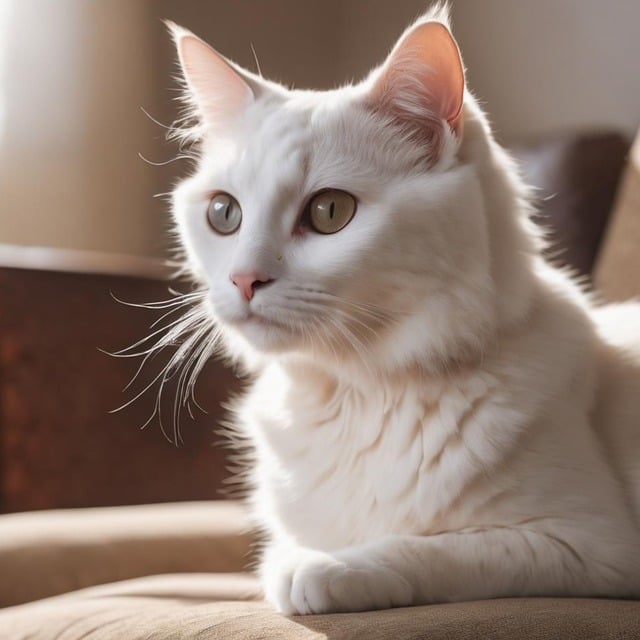Introduction
Cats are known for their unique vocalizations, and understanding these sounds can provide valuable insights into their needs and emotions. While excessive meowing may be concerning, it’s important to recognize that it’s not always indicative of a behavior problem. This guide aims to shed light on why cats meow and other ways they seek attention.
1. Deciphering Cat Vocalizations
Cats communicate through a variety of vocalizations, ranging from soft purrs to loud meows. Recognizing these sounds and their context can help you respond appropriately to your feline companion’s needs.
2. The Normalcy of Meowing
Excessive meowing is not necessarily a behavior problem. Breeds like Siamese and Oriental cats are naturally vocal, enjoying interactive conversations with their human companions. However, sudden changes in meowing patterns may signal a need for veterinary attention.
3. Insistent Meowing: Potential Causes
Regular meowing can serve various purposes, from greetings to seeking comfort. Older cats may increase their vocalizations. Sudden changes in meowing behavior, especially in typically quiet cats, should prompt a visit to the vet to rule out underlying medical issues.
4. Nighttime Howling: Geriatric Cats and Cognitive Decline
Nighttime howling, common in geriatric cats, may indicate cognitive decline or sensory impairment. If your senior cat exhibits this behavior, consult a veterinarian to explore potential causes.
5. Begging for Food and Treats
Cats may vocalize to request food or treats. While occasional treats are acceptable, ensure they don’t exceed 10% of your cat’s daily caloric intake. Consider scheduling multiple small meals throughout the day to cater to your cat’s dietary preferences.
6. Pawing for Attention
Some cats crave constant attention and may use gentle pawing as a way to seek interaction. Providing designated playtime and cuddling sessions can help fulfill their need for human interaction.
7. Addressing Pica: Eating Non-Food Items
Pica, the consumption of non-food items, may be a manifestation of stress. Establish a routine of play and petting sessions, and provide ample environmental enrichment to alleviate anxiety. Additionally, ensure your cat’s diet is balanced to address potential mineral deficiencies.
8. Inappropriate Scratching: A Form of Communication
Inappropriate scratching behavior can be a form of communication. Offering a variety of scratching posts and using incentives like treats and catnip can redirect this behavior towards designated surfaces.
9. Recognizing Stress and Anxiety
Changes in behavior, including attention-seeking actions, can be linked to stress or anxiety. Identifying potential stressors, such as recent moves or new pets, and providing environmental enrichment can help alleviate these feelings.
Conclusion: Nurturing Your Needy Cat
Understanding your cat’s vocalizations and attention-seeking behaviors is a crucial aspect of responsible pet ownership. By recognizing their needs and responding appropriately, you can ensure your feline companion feels content, secure, and loved in their home environment.



